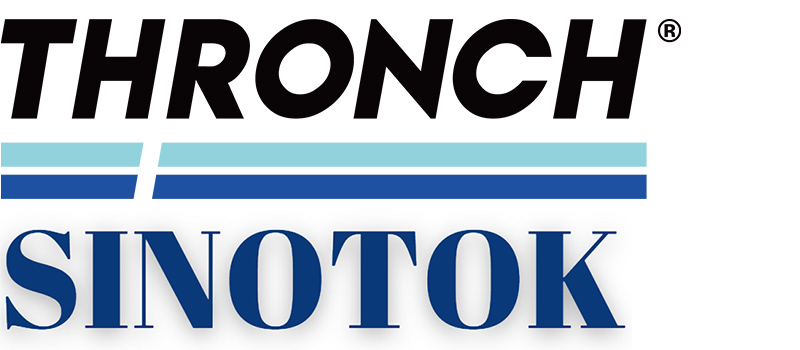What does a sheet metal roller do?
The sheet metal rolling process consists of passing metal stock through one or more pairs of rolls to reduce the thickness and to make the thickness uniform. To determine the designation of sheet vs. plate in general terms we can say that anything 1/8″ and thicker is a plate and anything less than 1/8″ is a sheet.
Before we discuss sheet metal rolling, let’s first get a few basics about sheet metal: what is it; how it’s made; how it’s designated; and how it can be used.
Sheet Metal is a metal being formed by a manufacturing process into thin, flat pieces. The sheet metal rolling process consists of passing metal stock through one or more pairs of rolls to reduce the thickness and to make the thickness uniform.
To determine the designation of sheet vs. plate in general terms we can say that anything 1/8″ and thicker is a plate and anything less than 1/8″ is a sheet. The thickness of sheet metal is normally designated by a non-linear measure known as gauge. The larger the gauge number, the thinner the metal. Commonly used steel sheet metal ranges from 30 gauge to about 6 gauge.
Sheet metal can be available in flat pieces or coiled strips. It is one of the essential shapes used in metalworking. Innumerable everyday objects are fabricated from sheet metal. Sheet metal can be cut and bent into an unlimited number of applications like ductwork, machine guards, other machine components, architectural column covers, wall coverings and downspouts, tank bodies, just to name a few.
There are multiple manufacturing processes that sheet metal can be formed by bending, curling, incremental sheet forming, laser cutting, perforating, press brake forming, punching, roll forming, rolling, spinning, stamping, water jet cutting.
